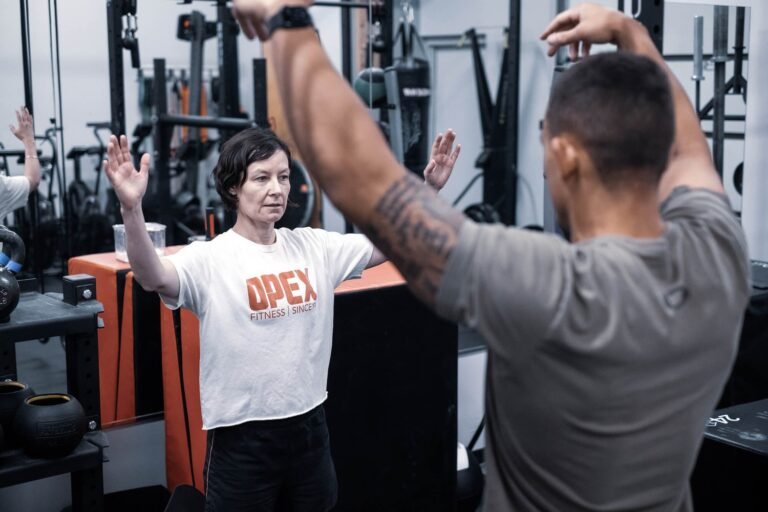A coach’s role goes beyond simply planning exercise or providing motivation. It revolves around cultivating a connection between the coach and the client. This includes helping clients set achievable goals and extending guidance, support and occasional challenges. This coaching relationship is consistently thriving evaluationsprogress monitoring and accountability.
Recognizing assessment as an essential tool equips fitness trainers with the essential information they need to succeed with each client. By adopting an assessment-first approach, coaches can formulate individualized exercise programs, lifestyle adjustments, and nutritional strategies tailored to each client’s unique needs, capabilities, and goals.
For fitness trainers, the foundation of their practice should be a well-structured, uncomplicated and recurring rating system. This system should include not only physical assessments but also a comprehensive understanding of the client’s motivations, experiences, aspirations and values. This holistic view informs the physical assessment, yielding objective data on capacity.
Now, how does one implement a systematic, simple and consistent evaluation process into their coaching practice? Let’s delve into how the OPEX assessment protocol can provide valuable insights and principles to improve your assessment approach.
Step 1: Initial Consultation
To begin the coach-client relationship, begin with a deep dive into the client’s motivations, experiences, goals, and values. In this phase, active listening is the focus. Instead of showing off your expertise, focus on understanding the customer’s unique needs. This stage offers a golden opportunity to really understand why the client sought your guidance, what success means to them, and their underlying motivations.
The importance of the initial consultation lies in building rapport, understanding the client’s unique context and putting active listening at the forefront. These principles underline the essence of a client-centered approach, where understanding their starting point is the cornerstone of personalized guidance.
Step 2: Body Composition Analysis (Body OPEX)
The second phase revolves around body composition assessment. This provides a window into potential health risks and an overview of one’s overall health status. While it doesn’t serve as an absolute benchmark, using an inBody provides information on muscle mass, body fat percentage, and basal metabolic rate.
Body composition awareness can increase awareness of potential health risks associated with excess body fat, including increased susceptibility to cardiovascular disease, type 2 diabetes, metabolic syndrome, respiratory challenges, and more. It also provides a benchmark that you can refer to over time to see how the client is responding to the exercise and nutrition program.
Step 3: Movement Screen (Moving OPEX)
The third step focuses on understanding the client’s movement capabilities through a simple movement assessment. This assessment includes fundamental patterns such as squatting, lunging, bending, pushing, pulling and core stability. In addition to identifying what the customer can do, it also sheds light on how they perform each movement and the areas in which they do they give priority and improvement. This serves as the foundation for creating custom resistance programs.
Movement assessment provides information about the client’s physical capabilities, highlighting the need for individualized fitness programming. The individual differences you identify allow for appropriate and safe progression to help each individual reach their potential while reducing the risk of injury.
Step 4: Work Capability Test (Work OPEX)
Finally, it’s time to evaluate the customer work ability, which extends beyond physical capabilities to include emotional resilience. This assessment highlights the interplay between physical limitations and the role of emotions in relation to work ability. It helps to understand the overall experience, approach and endurance of the customer, beyond how many calories they can burn in a 10-minute airbike test.
Assessments are a vital tool for understanding and monitoring progress. They reveal the truth about the client’s potential and the coach’s ability to deliver results over time. A systematic and simple assessment process serves as the foundation of effective fitness training. It provides the vital data necessary to create personalized fitness programs that align with each client’s unique requirements.
Learn the OPEX assessment method in our free guide, The Complete Fitness Assessment. Click here to download it now.
